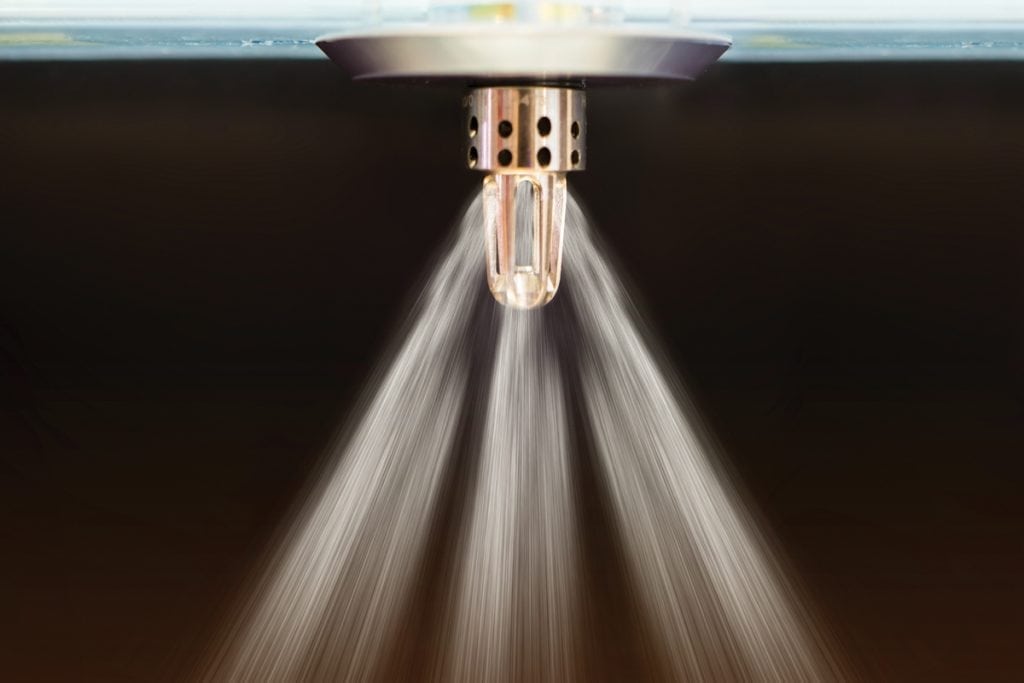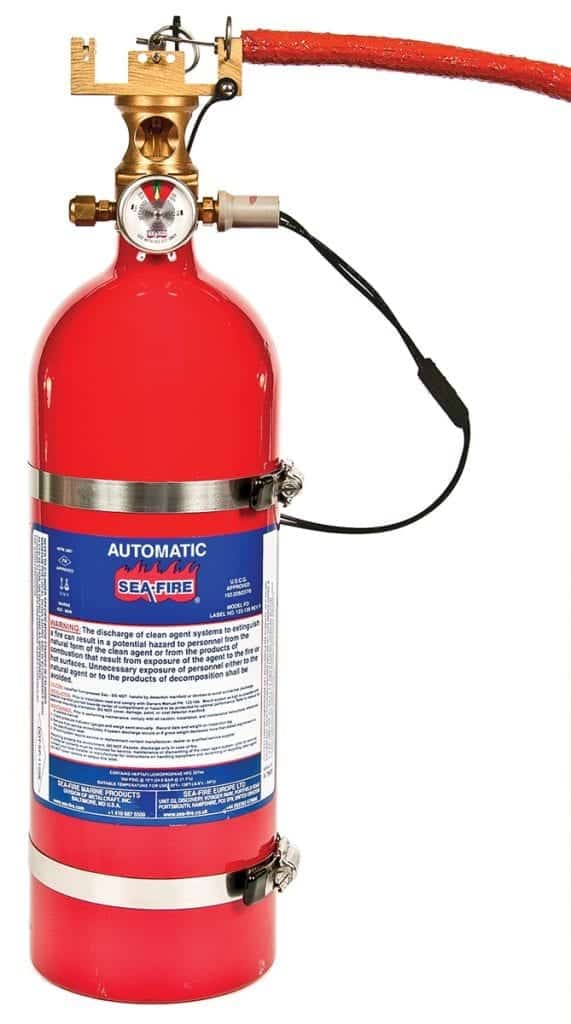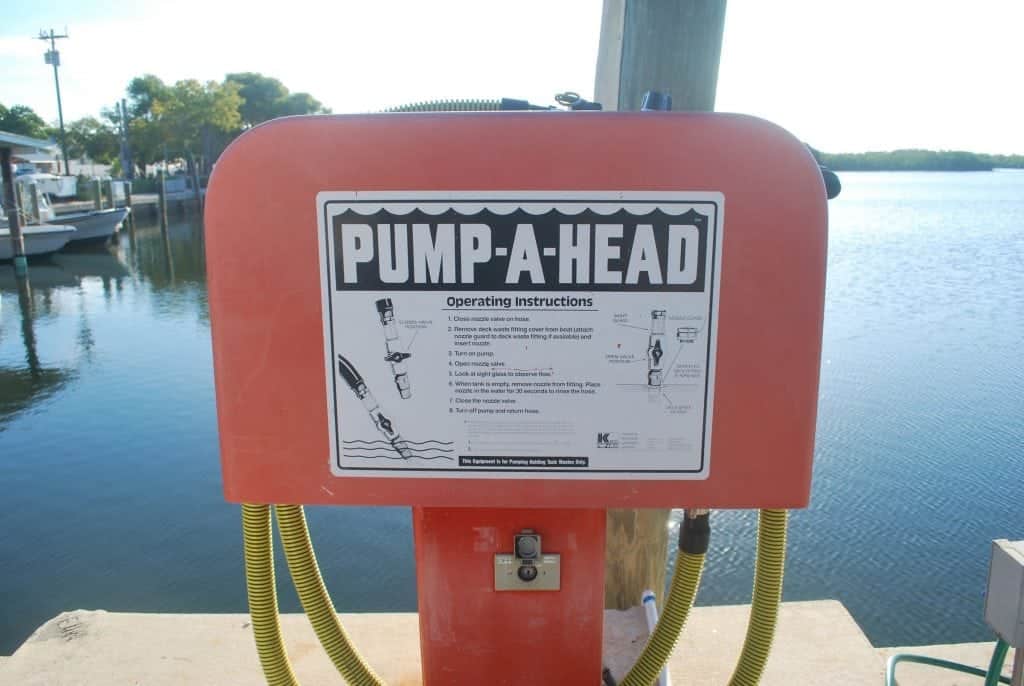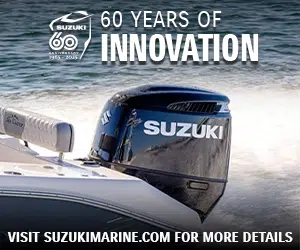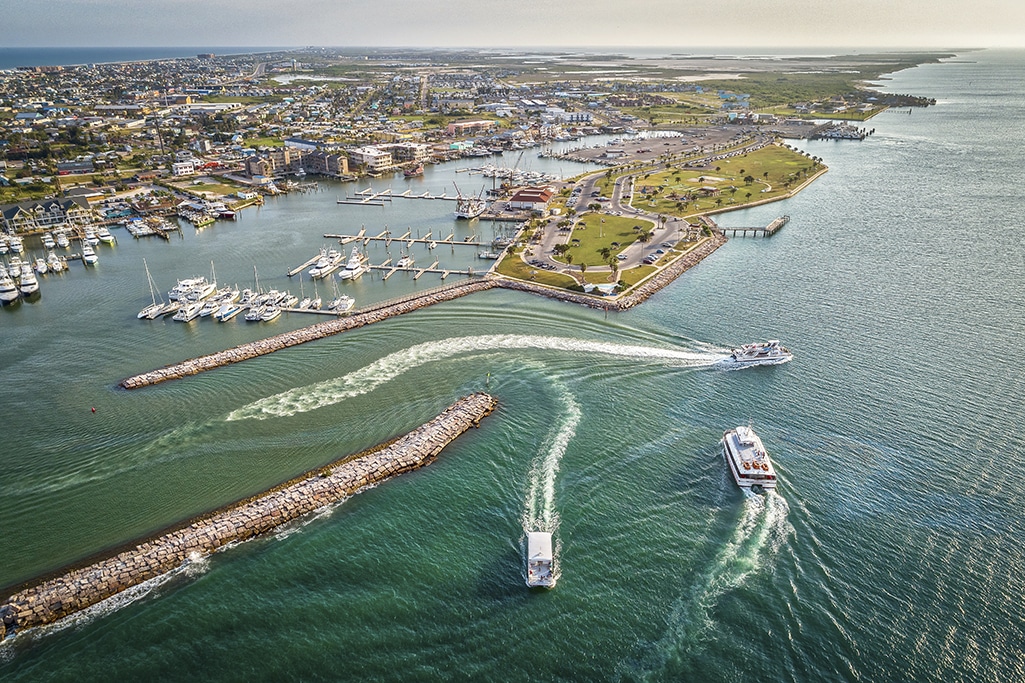The Best Types of Fire Suppression Systems
Other than “Man overboard!” hearing “Fire!” may be the most frightening sound aboard a vessel. So what is the best type of fire suppression system for your boat? And how do they work?
Approximately 90 percent of onboard fires start in the engine room and more than half occur because of electrical wiring issues. A fixed fire suppression system that triggers automatically is your best bet to fight a blaze early when there’s still a good chance of keeping it contained.
Today’s top fire suppression systems use the combination of a fire-suppression system in the engine room and smoke detectors in the enclosed cabins. 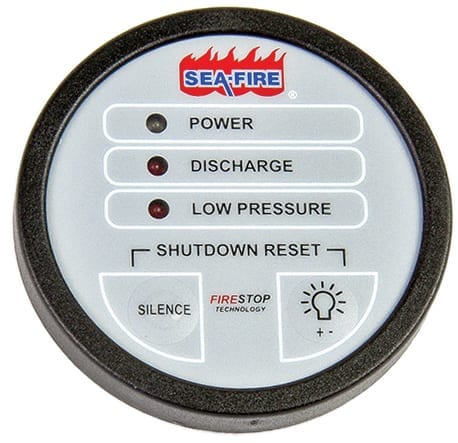
Fireboy-Xintex, Sea-Fire, and Kidde are well-known makers of automatic fire suppression equipment for recreational boating and although some are DIY, more complex iterations are best left to boatyards that are savvy in the installation and servicing of these products. Here are five things to know about pre- or custom-engineered fire suppression systems.
1. Determine the space and measure the area you are trying to protect.
Size your system appropriately by measuring total cubic feet. For example, Fireboy systems are available to protect engine rooms and machinery spaces from 25 cubic feet to 17,300 cubic feet. “Pre-engineered systems are available for up to 4,000 cubic feet and should be installed exactly per the manual instructions,” says Keith Larson, vice president of sales and marketing for Fireboy-Xintex. Many extinguisher systems are designed to automatically discharge in 10 seconds whenever the space ambient temperature reaches 175 degrees Fahrenheit, but it’s important to install a manual override, as well.
2. Decide on the suppression agent.
Let’s look at the different kinds of boat fires. Boats carry fuel, batteries, propane, alcohol, wood, plastic, and fabric. When these materials burn, a specific type of chemical agent
fire extinguisher is required to suppress the fire.
These are the three most common classes of fire aboard recreational boats in the 15-to-60-foot range:
Class A
Class A (ordinary combustibles) fires are paper, plastic and fiber fires, including cabinets, berths and hatch covers, and synthetic materials such as cushion vinyl, foam and fabric covers and bedding.
“It’s also important to have your passengers aware of what to do if a boat fire does occur,” explains Keith Larson, vice president of sales and marketing for Fireboy-Xintex, a leading marine fire-suppression equipment manufacturer. “A paper, fuel or electrical fire can burn so fast that the boat is gone and your passengers are in danger. What’s more, poisonous smoke can cause people to panic and lead to health problems.”
Class B
Class B (flammable gases/liquids) fires are diesel, gasoline and propane fires and can
quickly ignite the rest of the boat. Shut off the source of the fuel, if possible.
Class C
Class C (electrical equipment) fires are electrical and can start other classes of fires. Attempt to shut down the electricity first, if safe.
For the engine room, it’s best to choose an extinguishing agent that is effective for surface fires of all three types.
The Coast Guard mandates that all boats have a B-I or B-II classification portable fire extinguisher on board. Mount the extinguishers in an accessible position. Remember, a B-I or B-II portable won’t put out a Class A or Class C fire. Upgrade to an ABC classification fire extinguisher; it’s not a huge expense. Fighting a boat fire with a portable extinguisher is a risky endeavor, especially because most fires start in the engine room.
3. Determine the best location for installation.
A fixed automatic fire-suppression system in the engine room and smoke detectors in the living spaces are essential. To determine what you need, measure the square footage of the engine room. If you can’t do it yourself, hire a fire protection professional to measure your space.
Most agent storage tanks can be mounted horizontally or vertically, which is good because space comes at a premium in most engine rooms and also inside the protected space and/or remotely through fixed piping and nozzles.
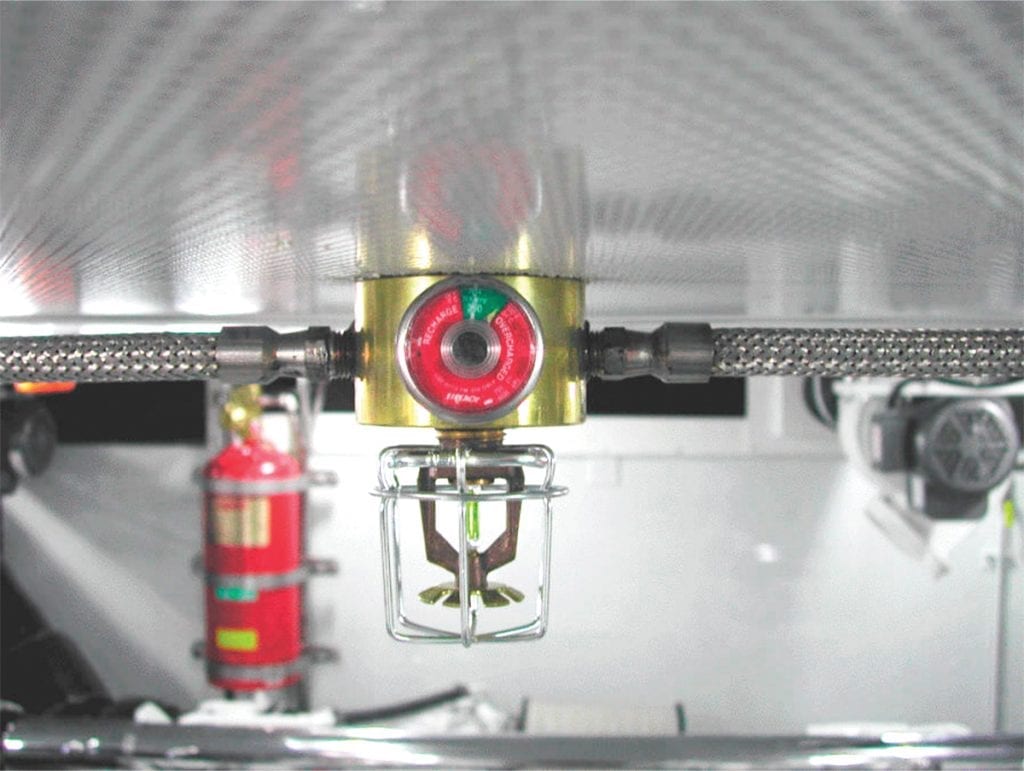
4. Determine the necessary peripherals and legal issues.
If the system discharges under way, shut down the engine, generator and bilge blower to stop the motors from sucking in additional oxygen. Larson points out that the U.S.C.G. requires an engine shutdown module and a system status display at the helm. Also, install the manufacturer-supplied bracket to meet U.S.C.G. standards, and don’t forget about required carbon monoxide and smoke detectors.
5. Cost
“For a 50-foot boat, expect a cost of $2,500-3,000,” says Larson. That will depend on the access to the engine room and the complexity of the system. But when you put the cost up against the loss of your boat, or worse, it becomes a small price to pay for peace of mind.
Pre-engineered systems protect spaces up to a specific volume. If an owner can provide the length, width, and height of their engine compartment, an off-the-shelf system can be found at West Marine or through other boat supply stores. A 300-square-foot engine room can be set up for about $1,500, while a 750-square foot space costs around $2,900. An engine shutdown system for diesel-powered boats is an additional cost, but worth it.
Wiring is necessary for both automatic and manual (cable) activation and is usually the most time-consuming part of the job. Don’t install the units near intake vents. That’s where drawn-in air can fuel the fire or cool the system’s temperature-sensitive trigger, potentially causing a delay in discharge. Make sure the system is readily accessible and includes ongoing maintenance, including periodic inspections and testing.
If you’ve ever seen the result of an onboard fire, it’s a terrifying sight. Put a thorough inspection of an existing fire suppression system or the installation of a new one at the top of your list.
 How it Works
How it Works
Fireboy-Xintex and Sea-Fire use clean agents, such as HFC-227ea and 3M Novec 1230. Rated for B and C fires, neither leave a residue after discharge, are environmentally responsible, and safe to human exposure. 3M Novec 1230 offers almost no global warming potential but is slightly more expensive than HFC-227ea. Boat owners should consider using the Novec 1230 because there are no known adverse effects on the environment from the agent, and it’s one the industry is embracing.
After the clean agent releases, wait 15 minutes for the fire to die completely. Then you can open the hatch, allow time for the affected area to clear the air and find out where the fire started.
By Zuzana Prochazka & Doug Thompson Southern Boating

